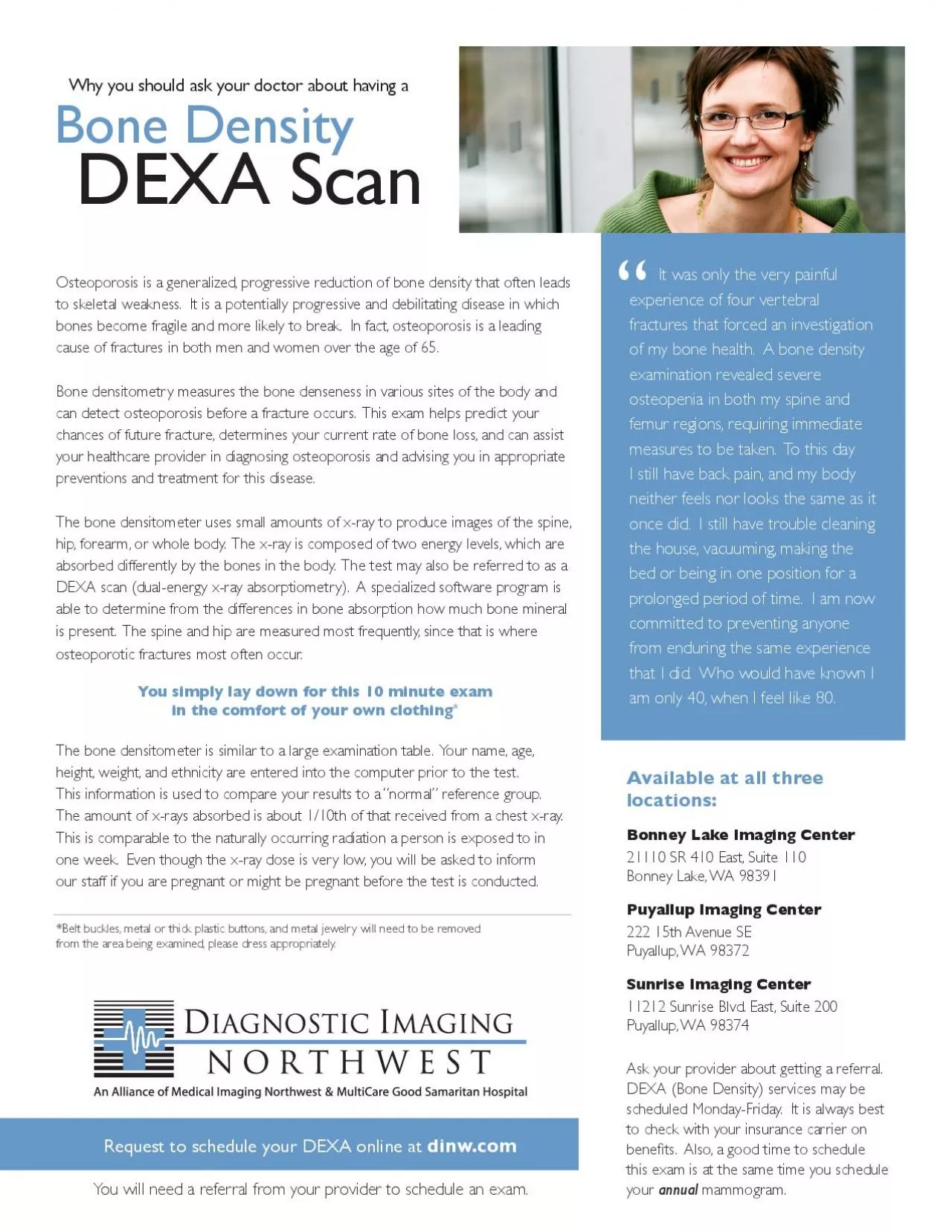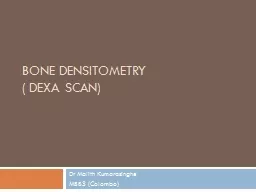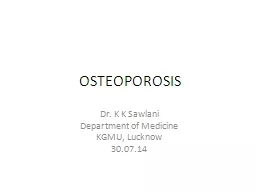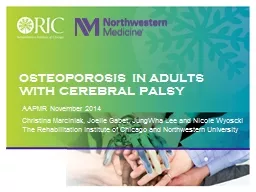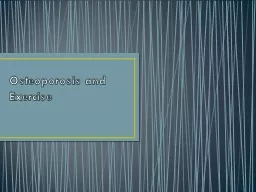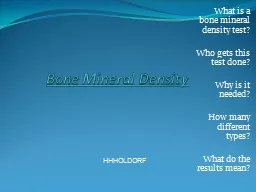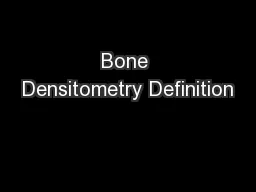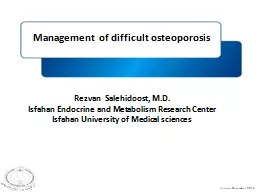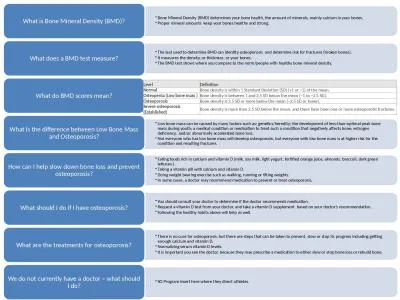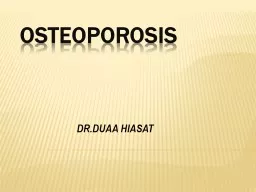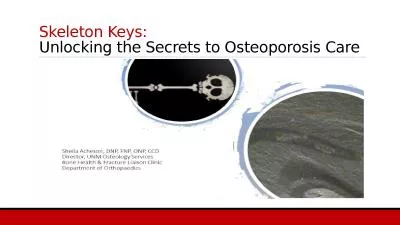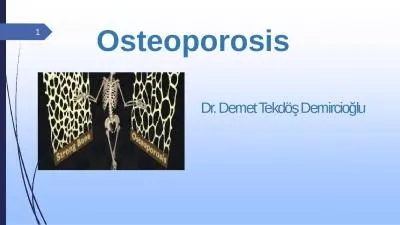PDF-Osteoporosis is a generalized progressive reduction of bone density t
Author : alis | Published Date : 2022-09-02
to skeletal weakness It is a potentially progressive and debilitating disease in which bones become fragile and more likely to break In fact osteoporosis is a leading
Presentation Embed Code
Download Presentation
Download Presentation The PPT/PDF document "Osteoporosis is a generalized progressiv..." is the property of its rightful owner. Permission is granted to download and print the materials on this website for personal, non-commercial use only, and to display it on your personal computer provided you do not modify the materials and that you retain all copyright notices contained in the materials. By downloading content from our website, you accept the terms of this agreement.
Osteoporosis is a generalized progressive reduction of bone density t: Transcript
Download Rules Of Document
"Osteoporosis is a generalized progressive reduction of bone density t"The content belongs to its owner. You may download and print it for personal use, without modification, and keep all copyright notices. By downloading, you agree to these terms.
Related Documents

